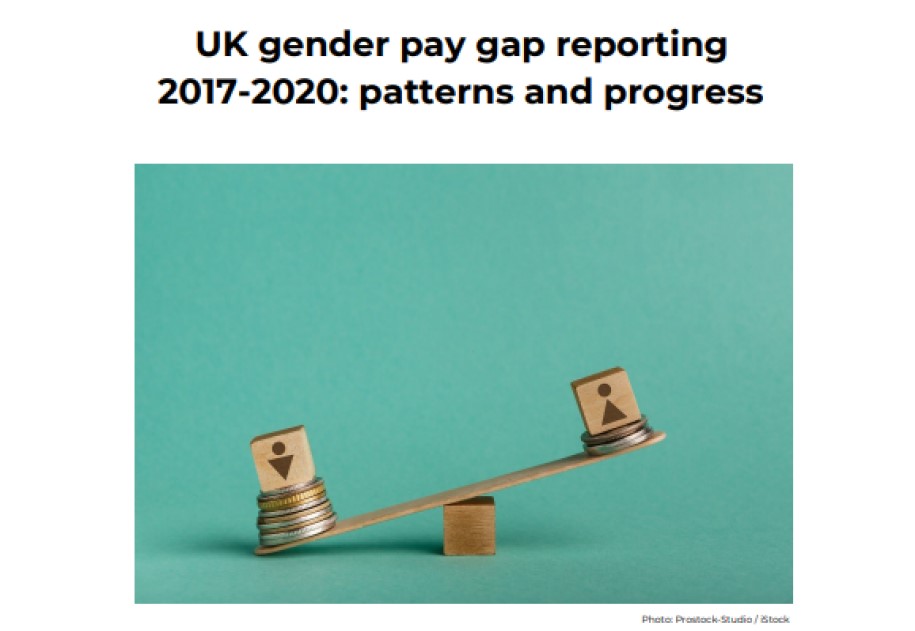Report: UK gender pay gap reporting 2017-2020: patterns and progress
Key findings
- The average gender pay gap has declined marginally since 2017 (by 1.4%), while the average bonus gap has increased massively (178.7%).
- The average gender pay gap for reporting companies decreased by just 0.5% since 2018/19. Additionally, 65% of last year’s 20 worst offenders did not report this year (due to the suspension of the reporting requirements as a result of Covid-19), while the overall proportion of companies who did not report this year compared to last was around 48%.
- Across all three years, the average bonus gap is significantly higher in larger companies (with 5,000+ employees). For 2019/20, the average bonus gap for companies with 5,000+ employees is 25% higher than for companies with fewer than 5,000 employees.
- Across the three years covered in this analysis, the Office for National Statistics’ sample data shows a mean pay gap 2-3% higher than the average gender pay gap statistics of individual companies with over 250 employees and published on the government website.
The Equality Trust is calling on the government to reinstate the gender pay gap reporting regulations that were suspended due to the pandemic. The national charity is also launching a campaign for full pay transparency to help reduce gender and ethnicity pay gaps as well as other forms of pay discrimination and to deliver fair and equal pay in the workplace.







